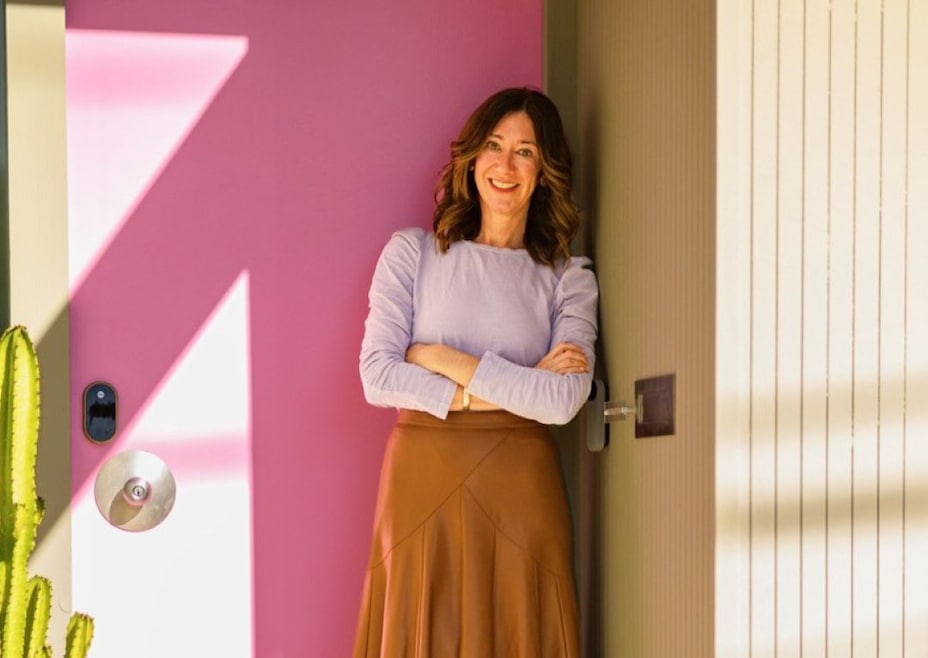Around 2010, Dara Buzzard and her husband decided it was time to leave the hustle and bustle of San Francisco behind and settle into a house with their 1-year-old son and mini dachshund.
With the help of her mom — also her real estate agent — Buzzard and her husband began their home search, she told Homes.com in an interview. “We just couldn’t afford anything," she said.
The original plan was to buy in Oakland or Berkeley. When those cities didn’t pan out, the couple turned their attention to Walnut Creek, a small city about 25 miles from San Francisco, where Buzzard grew up.
“My husband said to my mom, ‘if you can find us something midcentury modern in Walnut Creek, I’ll consider it,’” she explained. “We found [our] house, and the rest is history.”
That property, where Buzzard still lives, is a Joseph Eichler-built house. A prolific developer, Eichler partnered with architects and built roughly 11,000 midcentury modern homes between the 1950s and the 1970s. Most of his developments were in Northern California.
It wasn't Buzzard's first — or last — encounter with an Eichler. In the 1970s, her parents moved west from New York, and bought an Eichler-built house in Walnut Creek where Buzzard was raised.

"My mom would sit in her bedroom and write letters looking out her giant floor-to-ceiling glass windows to all of her family in New York, saying she had found the California dream without the ocean," Buzzard said.
Now a real estate agent herself, Buzzard sells homes in Northern California, including Eichlers. She shares insider knowledge and tips for owning and maintaining the historic properties.
This interview has been edited for clarity and length.
What was the biggest surprise when you purchased your own Eichler?
When we bought our house, I really didn’t know anything about the maintenance. My husband is an engineer, luckily. You need to be somewhat handy to live in an Eichler — or know the right people to call.
My husband was spending every weekend at Home Depot and Ace Hardware, patching things and removing wires. So we got a quick lesson about what it means to own an Eichler, not for the weak of heart.
What’s the hardest piece of upkeep?
General roof maintenance if you have a flat-top Eichler. One of the things you have to do during the rainy season is get up on your roof and make sure that water isn’t pooling. Some people like another coating of foam on the rooftop. So, keeping an eye on your roof, that’s a big thing.
Another thing is the radiant heating system. People love their radiant heating, but it’s important to get it inspected, maybe once a year. For us, every year as we go into fall, we have someone come out and check our boiler, make sure it’s working correctly.
What is the community perspective on renovating, refreshing and changing the original pieces of Eichler homes?
It depends on who you ask. You certainly have people who work very hard to keep the original integrity of the home. And then you have other people who come in and change things aesthetically.
There’s a balance. Everyone has a different style. Everyone has a way of making their home their own, so that’s kind of the beauty of living in these homes, you can make it your own.
What is the most popular feature of Eichler-built houses?
What we fell in love with, and what I hear people asking for a lot, is an atrium. There's something magical about that open atrium. When I sit in my kitchen, and I look out across my house through the walls of glass, that is another amazing defining feature of Eichler. The intent was to bring the outdoors in.
